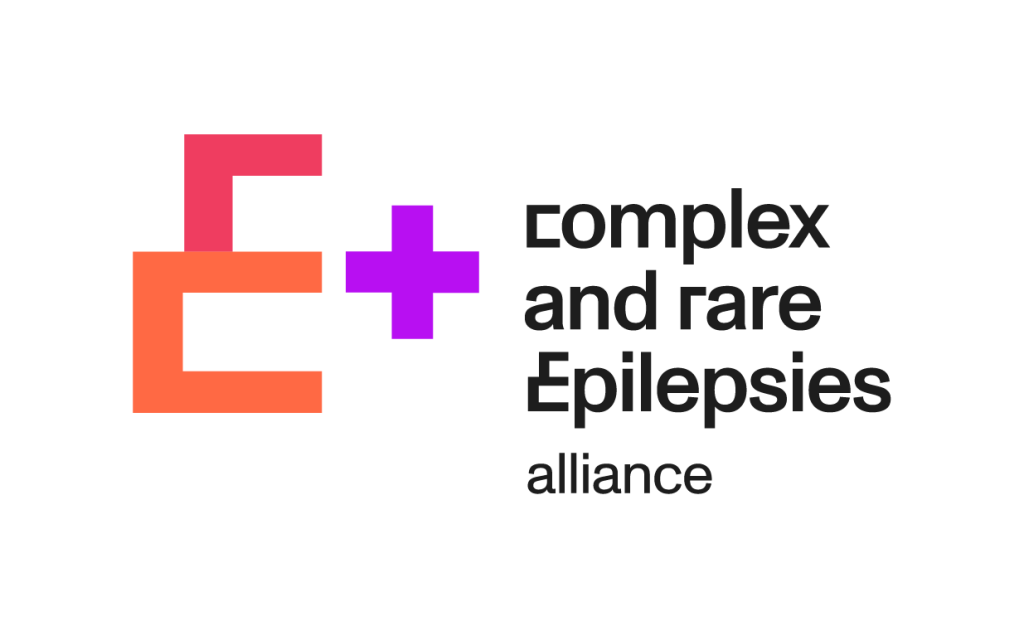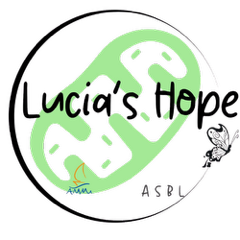Mitochondrial Diseases
Understanding These Rare Conditions
Accueil » Mito Diseases » The Disease
Mitochondrial diseases
Understanding These Rare Diseases
Mitochondrial diseases, also known as “mito diseases,” are a group of rare genetic disorders affecting the function of mitochondria, the powerhouses of cells. They can affect all organs and lead to a wide variety of symptoms, making their diagnosis complex.

In brief
Mitochondria are responsible for energy production (ATP) necessary for the proper functioning of our cells. When they are defective, the most energy-intensive organs – such as the brain, heart, muscles, and kidneys – are often the most affected.
Key features:
- Genetic diseases (hereditary or due to spontaneous mutations)
- Symptoms and severity highly variable from patient to patient
- Few or no curative treatments to date
- Progressive, with manifestations that can worsen over time
Different Mitochondrial Diseases
LEIGH Syndrome: a severe neurological disease appearing in early childhood.
MELAS Syndrome (Mitochondrial Encephalomyopathy, Lactic Acidosis, and Stroke-like episodes): stroke-like episodes, associated with muscle and neurological involvement.
MERRF Syndrome (Myoclonic Epilepsy with Ragged Red Fibers): myoclonic epilepsy, muscle weakness, and neurological disorders.
Kearns-Sayre Syndrome: muscle involvement, early cardiac and ocular disorders.
Leber’s Hereditary Optic Neuropathy (LHON): sudden vision loss due to optic nerve damage.
Coenzyme Q10 Deficiency: an abnormality in the production of a molecule essential for proper mitochondrial function.
- Diabetes (3% of cases)
Mitochondrial Myopathy (child and adult)
MNGIE Syndrome (encephalomyopathy, lactic acidosis, and cerebrovascular accidents)
NARP Syndrome (Neuropathy, ataxia, and retinitis pigmentosa)
Pearson Syndrome (exocrine pancreatic insufficiency and anemia)
CPEO Chronic Progressive External Ophthalmoplegia
FRIEDREICH’S ATAXIA
Alpers Disease (progressive sclerosing poliodystrophy)
Nuclear Mutations: Dguak, TK2, Twinkle, Polg, Mpv, SUCLG1, RRM2B, COX10, SCO1…
KJER or Dominant Optic Atrophy (DOA)
These disorders share a common energy production defect within cells, which leads to various and sometimes severe dysfunctions.
Glossary
of Key Terms
Mitochondrial DNA (mtDNA): Specific genetic material contained within mitochondria, inherited solely from the mother.
ATP (Adenosine Triphosphate) : A molecule produced by mitochondria and used as an energy source by cells.
Encephalopathy : Dysfunction or disease of the brain.
Myopathy: A disease affecting muscles, leading to weakness and fatigue.
Lactic Acidosis: Excessive accumulation of lactic acid in the blood, causing fatigue and muscle pain.
Genetic Mutation: A change in a gene that can disrupt cellular energy production.

How Do They Manifest?
Symptoms vary from patient to patient and may include:
Chronic fatigue and muscle weakness.
Neurological disorders (epilepsy, motor delay, learning difficulties).
Cardiac and respiratory problems.
Digestive and metabolic disorders.
Visual and auditory impairments.
How Are They Diagnosed?
The diagnosis of mitochondrial diseases is based on:
A detailed clinical evaluation based on symptoms.
Blood and urine tests (lactate levels, mitochondrial enzymes).
A muscle biopsy to analyze mitochondrial activity.
Genetic tests to identify causative mutations.


Is There a Treatment?
To date, there is no curative treatment, but certain approaches can improve quality of life:
Symptomatic management (physiotherapy, speech therapy, cardiac and neurological care).
Nutritional supplements (Coenzyme Q10, L-Carnitine, Riboflavin, etc.).
Regular medical follow-up to adapt care to the disease’s progression.
A Commitment to Research and Support
Mitochondrial diseases are still poorly understood and often diagnosed late. The A.M.Mi Association works to:
Support medical research and scientific advancements.
Support families and patients throughout their care journey.
Raise awareness among healthcare professionals to improve care.






